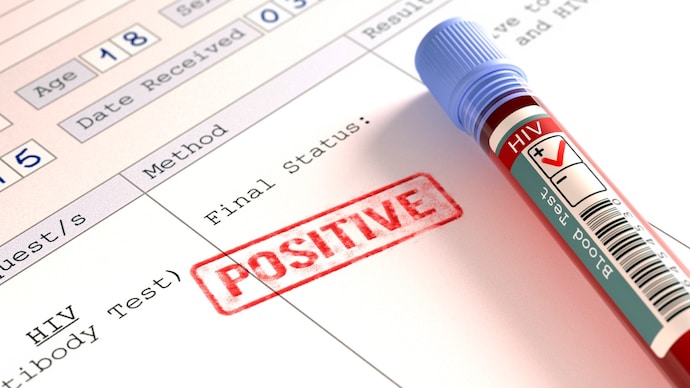HIV infection may increase due to climate change, experts expressed concern at COP29
A UN report released at the COP29 climate conference warns that the climate crisis could destabilize HIV services and escalate

The ongoing climate crisis could disrupt HIV services and increase risks for vulnerable populations, according to a new report from UNAIDS and the United Nations Development Program (UNDP).
The warning was issued at the COP29 climate conference held in Baku, Azerbaijan.
A press release from UNDP said the report highlights how climate change exacerbates challenges such as degradation of public health infrastructure, food insecurity, water scarcity and large-scale displacement, which increase the risk of new HIV infections and AIDS-related deaths may increase.
“The progress we have made in combating AIDS is fragile and could be undone by uncontrolled climate change,” said Winnie Byanyima, UNAIDS Executive Director.
Many of the countries most affected by climate change are also facing the highest HIV burdens and severe debt crises, creating a compounding injustice, he said.
Sub-Saharan Africa, home to 3,100 of the 4,000 adolescent girls and young women infected with HIV each week, is particularly at risk.
The region is already facing severe heat and drought, which could leave some parts uninhabitable, exacerbating health inequalities.
Institutions such as the Global Fund to Fight HIV, Tuberculosis and Malaria are directing resources to these climate-sensitive areas, with 70% of their funding earmarked for the 50 most affected countries.
However, gaps remain.
UNAIDS reports a $9.5 billion shortfall in HIV funding, along with inadequate climate finance and a growing debt burden.
For example, countries in Western and Central Africa spend seven times more on debt servicing than on health care. Globally, almost half the population lives in countries where debt payments outweigh health care spending.
The link between climate events and HIV disruption is already clear. In Malawi, Cyclone Freddy struck amid a cholera outbreak, displacing 37,000 people living with HIV and straining health services. Similar scenarios are playing out in other high-load areas.
On the sidelines of COP29, governments were urged to address inequalities, establish effective governance and ensure sustainable financing to avoid a climate-induced AIDS crisis.
“The AIDS response shows what is possible when communities, governments and institutions come together,” said UNDP Director Marcos Neto. Integrating HIV and health into climate action will safeguard progress, build resilience and leave no one behind, he said.
